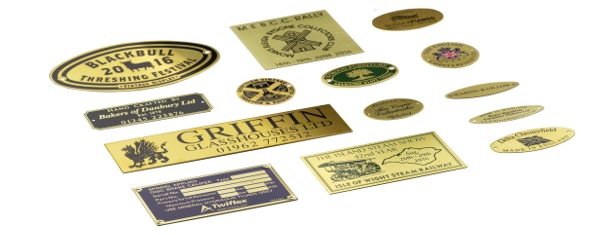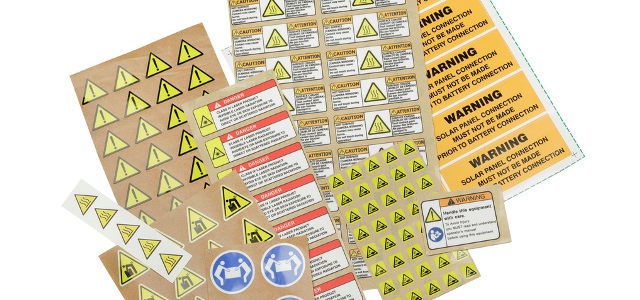Here at Southern United, we know all too well that using the wrong material or adhesive on a label could cost a substantial amount of time and money – for both us and the client.
After all, labels need to be able to withstand a lot – from temperatures of up to 500°C to chemical washes which require specialist materials.
Having labels with little or no heat resistance will, over time, cause them to disintegrate and their print to fade. In essence, they won’t really be worth having and you’ll need to replace them pretty soon after getting them.
Therefore, knowing the difference between the types of labels you can purchase is vital. If, for instance, you’re looking for a label that can put up with high temperatures and the harsh environments typically encountered during the manufacturing process, you’re going to need labels that are heat, cold water and UV resistant.
However, depending on your budget and the exact use of the label, you’ll need to choose between the two main options: polyimide and polyamide. We have outlined the key differences between the two for you below.
Polyimide Labels.
If you’ve heard of the brand name Kapton, you’ll have encountered polyimide labels before.
Primarily used for component labelling in printed circuit boards, polyimide can withstand temperatures of up to 300°C, allowing it to be used for a wide range of applications.
Polyamide Labels.
With a synthetic polymer structure, polyamide labels are made from synthetic resin.
In essence, they’re not a lot different to polyimide labels, as they can withstand similar temperatures. However, they’re typically less expensive to manufacture.
Here at Southern United, we offer a huge variety of materials and services. Whether you’re looking for a bespoke metal engraving service or help deciding which labelling material is the right choice for your needs, do not hesitate to contact our team for expert advice. Simply give us a call on 01273 418636 or click here to request a quote.

